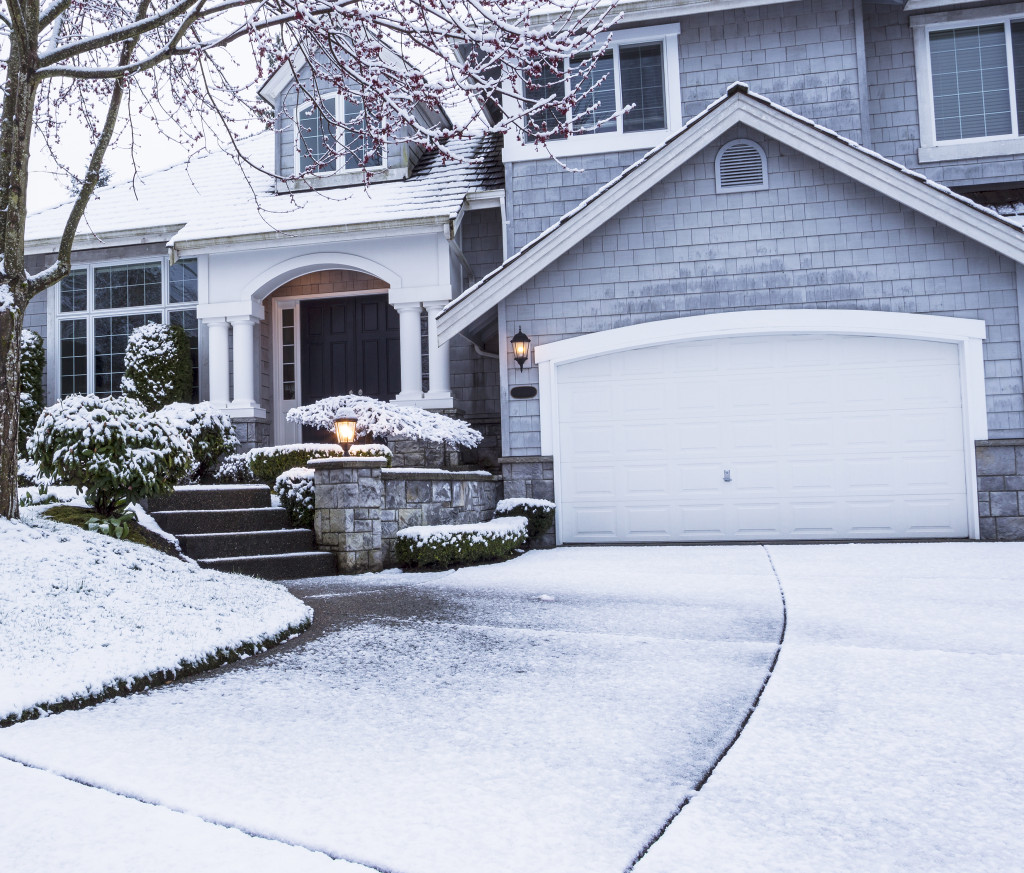Living in a home where the weather is always cold or snowy can be incredibly challenging. Not only do individuals have to face extreme conditions daily, but they may also endure long-term effects related to their mental and physical health.
Studies show that living in an area with cold or snowy weather can increase the chances of developing various respiratory illnesses, including asthma and bronchitis. These conditions can cause difficulty breathing, wheezing, chest pain, coughing, and fatigue. Additionally, those who live in cold climates can be more likely to suffer from arthritis due to the strain caused by heavy winter clothing and snow shoveling.
Cold weather can also significantly affect individuals’ moods and mental health. Seasonal Affective Disorder (SAD) is a type of depression that tends to develop during winter due to reduced daylight hours. SAD affects an estimated 10 million Americans yearly, and up to 20 percent of people living in northern areas with longer winters are especially at risk for developing SAD. Other psychological issues, such as anxiety and irritability, may also be associated with colder climates.
As a result, people living in colder climates must make specific adjustments. Here are a few areas in the home that can provide relief and comfort during winter weather.
Home Insulation
Home insulation is essential for those in colder climates, as it helps create a buffer zone between the inside and outside of the house so that heat does not escape. Insulation provides several benefits, from reducing energy costs to improving air quality and comfort.
Insulation helps keep heated air from escaping in the winter, which can help reduce energy bills. By providing an additional layer of protection between the living space and outdoors, insulation can prevent heated air from seeping through exterior walls and out of windows and doors. This means less energy needs to be used for heating, resulting in less cost associated with keeping the home warm during cold months. In addition, insulation can help keep cool air inside during summer months, meaning homeowners can use less energy for cooling.
In addition to reducing energy costs, insulation also keeps homes comfortable by regulating temperatures within them. Without insulation, heated air will quickly rise and escape while cold air enters through any available openings, such as gaps around windows or doors. With proper insulation in place, this process is significantly slowed down, creating a more even temperature throughout the home all year round. Additionally, adequately insulated homes are typically quieter than without due to reduced noise transfer from exterior sources like traffic or construction sites.
Homeowners can add insulation by installing fiberglass, cellulose, or foam board into walls and floors. Also, installing storm windows and doors can help keep heat in the home during winter.
Heating Systems

A functional and well-maintained heating system is essential for keeping a home comfortable during cold temperatures. Homeowners should regularly inspect their heating systems to ensure they are working correctly and efficiently. Typical maintenance tasks include checking air filters, cleaning vents, replacing worn parts, and ensuring adequate airflow throughout the house.
In addition to regular inspections and maintenance, homeowners may consider investing in energy-efficient technologies such as programmable thermostats or zone control systems. By changing temperatures from room to room, these systems allow homeowners to save energy and money by only heating the rooms that are in use.
The cost for installation and maintenance of these systems can be high, but they offer long-term savings in energy costs. Additionally, there may be rebates or tax credits available to help offset the cost.
Winter Greenhouse
Greenhouses are an excellent way to enjoy the outdoors for those in colder climates, even when temperatures dip. Greenhouses provide added warmth and insulation, allowing plants and flowers to thrive year-round.
Greenhouses also have additional benefits beyond just providing a space for gardening. They can be used as a quiet retreat away from home or as a place to entertain family and friends. They can also help connect people with nature while protecting them from the elements.
Finally, building a winter greenhouse can save energy due to its natural insulation capabilities. By trapping warm air inside during cold months and keeping cool air out during hot months, greenhouses help reduce energy costs associated with heating and cooling the home all year round. A greenhouse contractor for cold climates can help homeowners design and construct their greenhouses. The professional builder can recommend the correct type of materials and insulation to ensure that the greenhouse is energy-efficient and helps reduce energy costs.
Final Thoughts
Creating a comfortable home in cold climates can be challenging, but with the right strategies and investments, it is possible to make the most of winter weather. Investing in insulation, heating systems, and other energy-efficient technologies will ensure your home stays cozy even when temperatures drop. Additionally, building a winter greenhouse can help create a space where you can enjoy nature while also reducing costs associated with energy bills. With these tips, living in an area with cold or snowy weather can still be enjoyable and comfortable!

